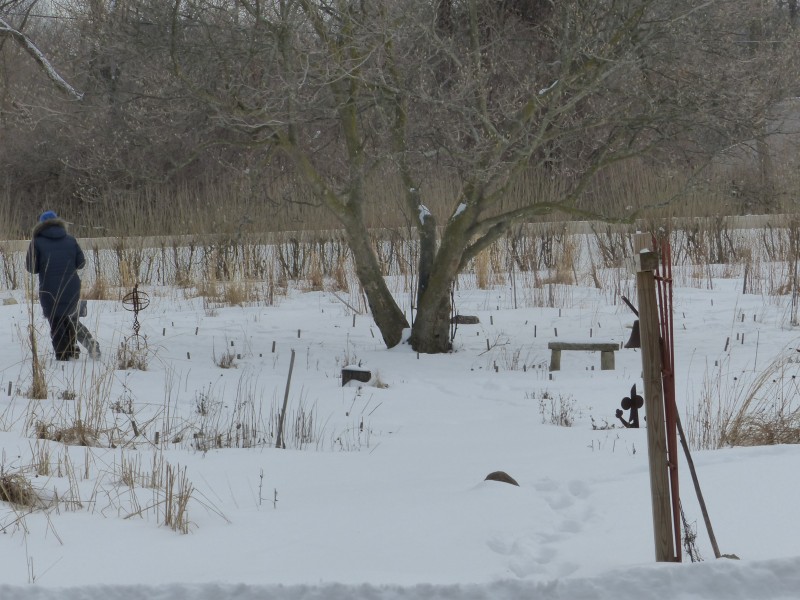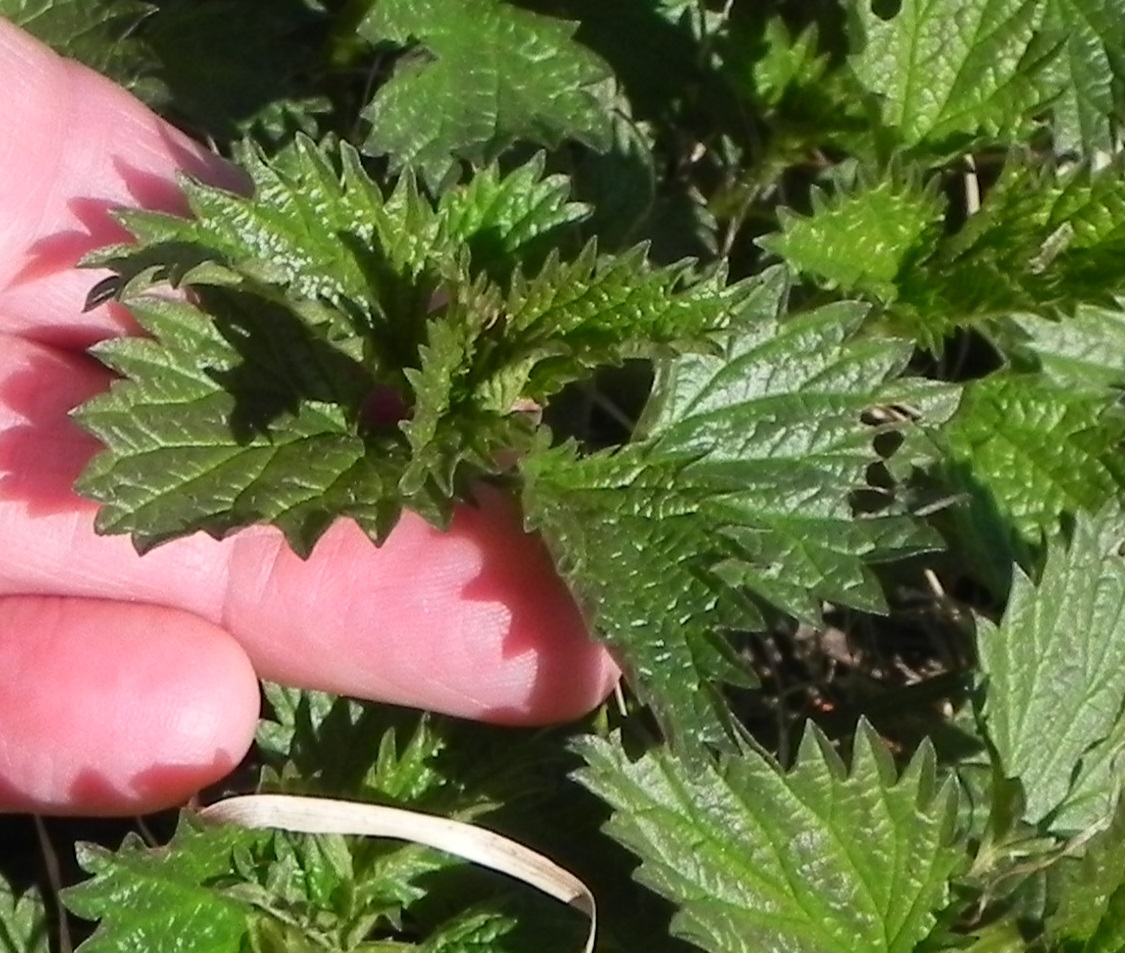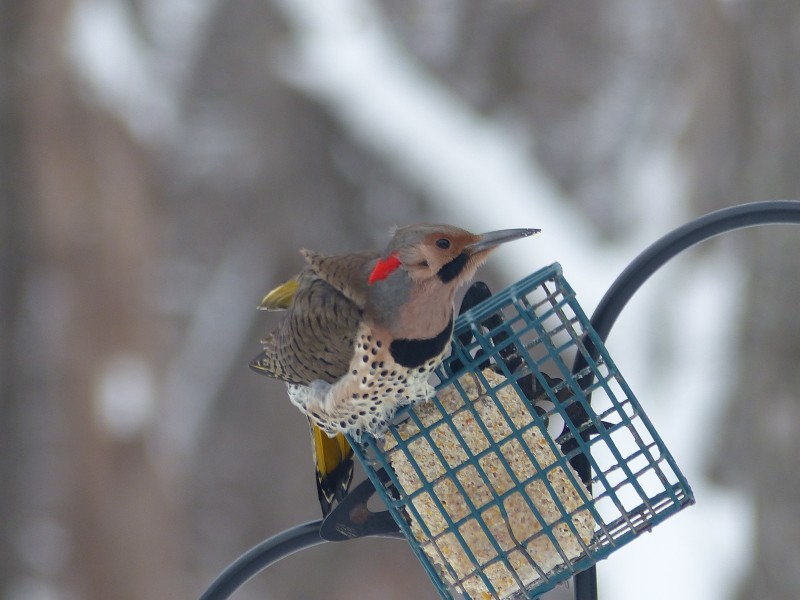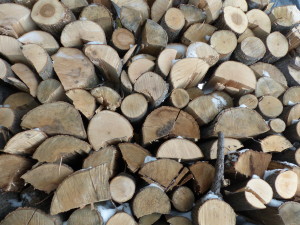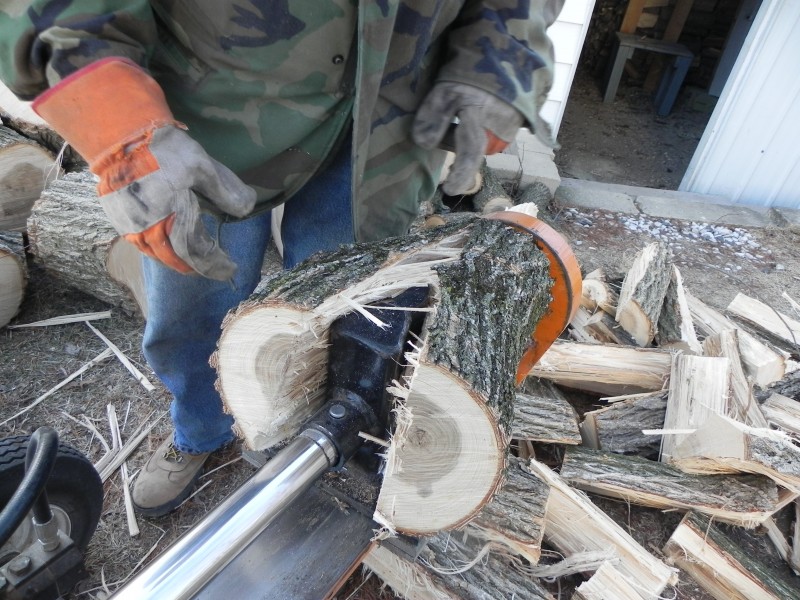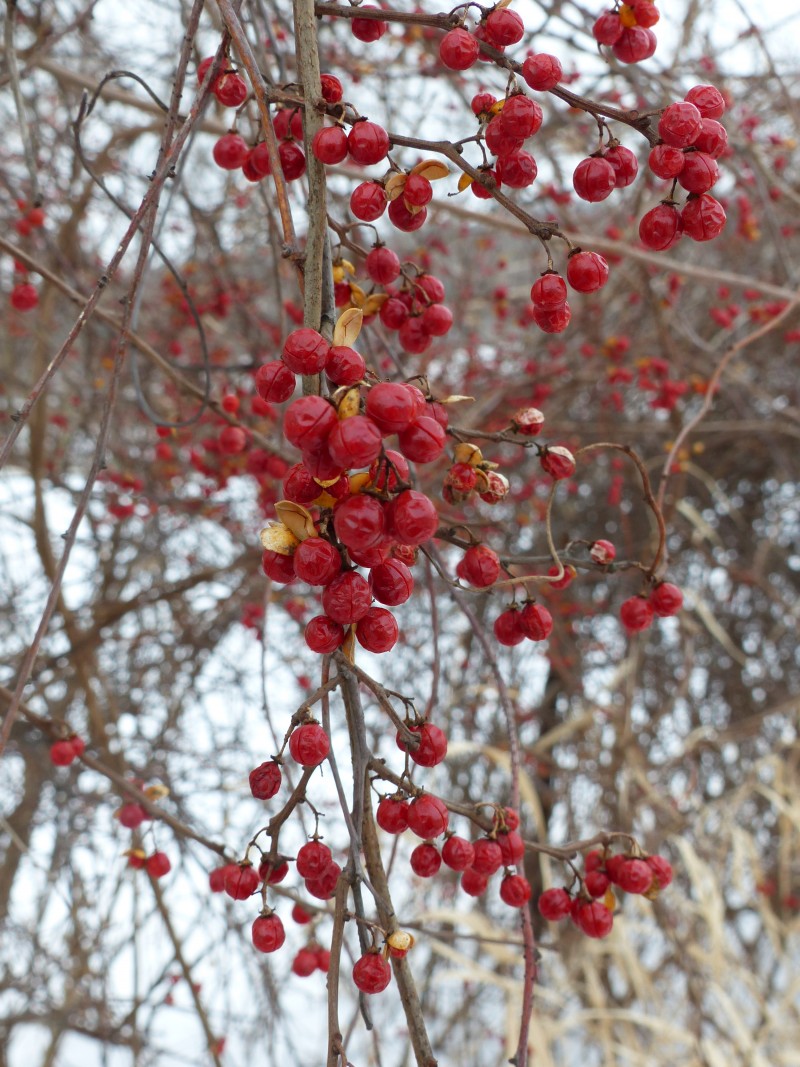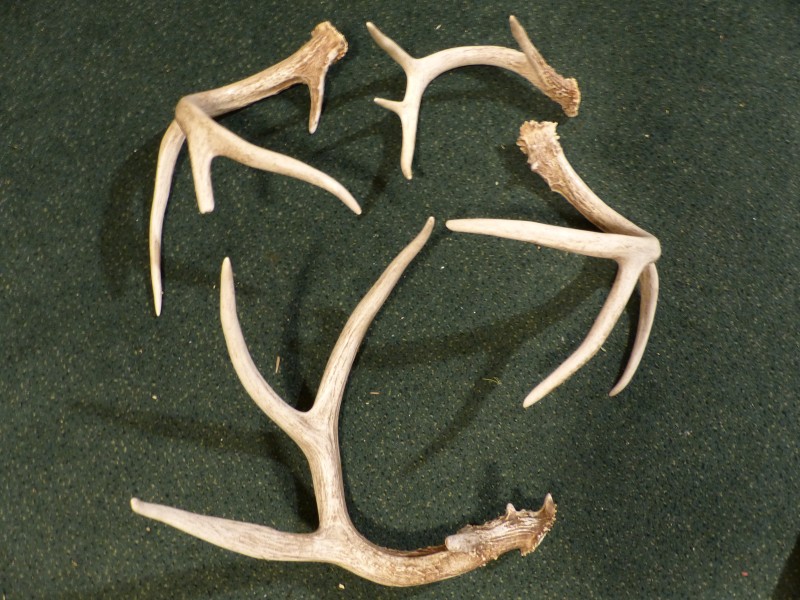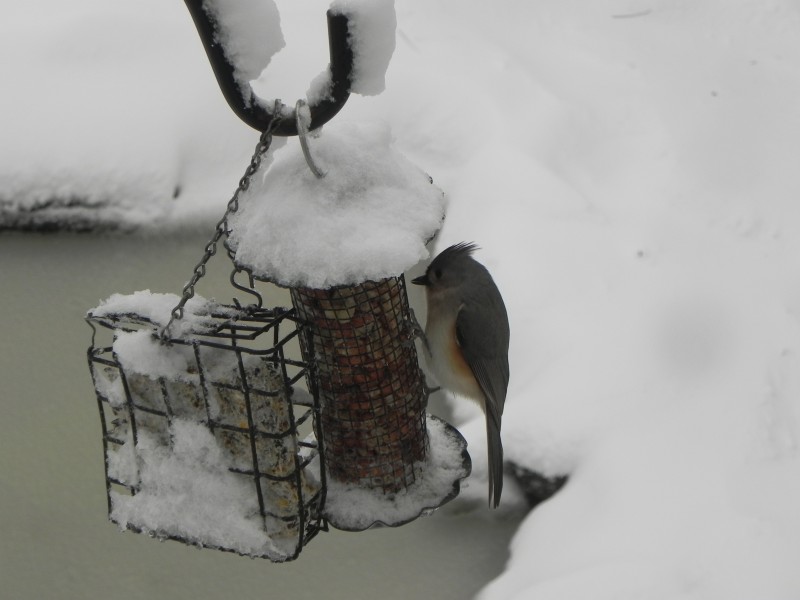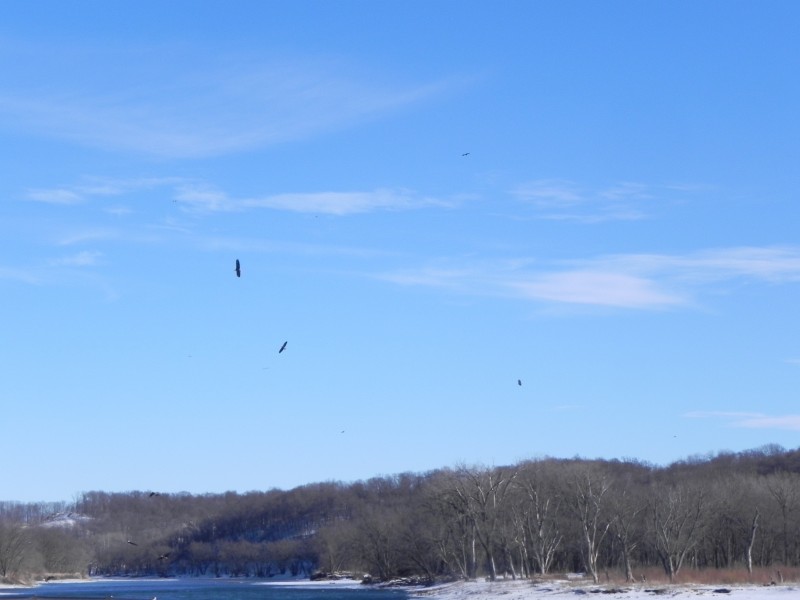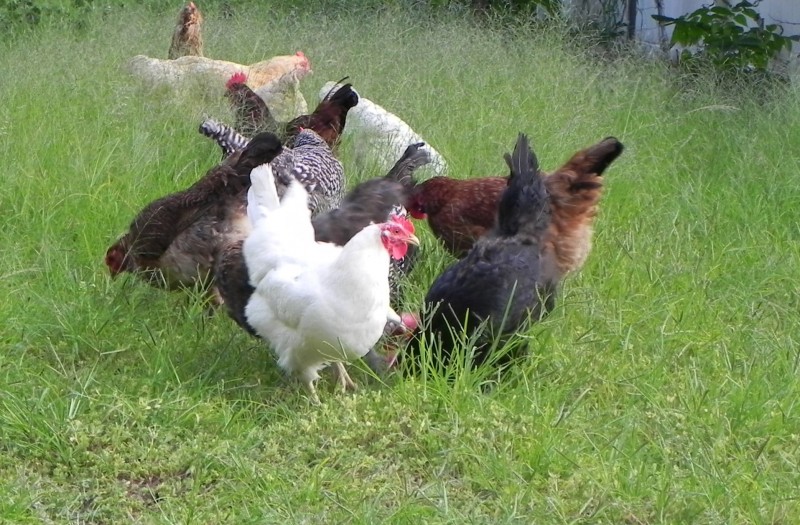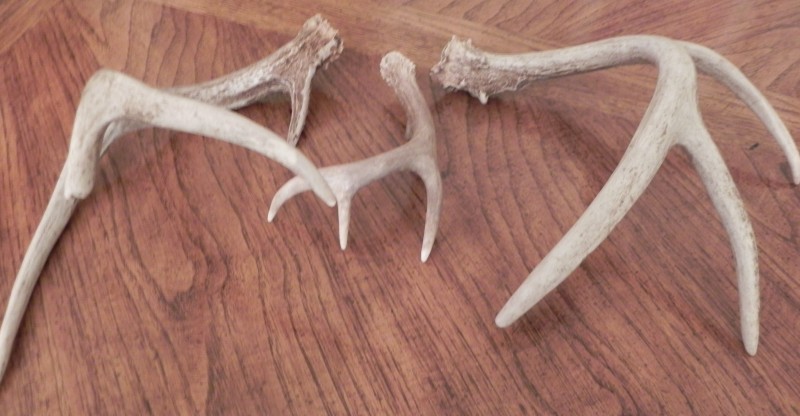Welcome to Winding Pathways
Winding Pathways encourages you to create a wonderous yard, whether that yard is an expansive acreage, a suburban lot or a condominium balcony. Go outside and play!
Join our email list
Sign up for FREE Winding Pathways emails (approximately weekly).
Notes from a Pilgrim’s Year of Labyrinths
“This labyrinth was a tribute to a beloved teacher. Stones along the path are engraved with inspirational words, “Patience” “Courage” “Pray”. At the center is John 14:6. Situated on the hill behind the school gives the labyrinth a restful feeling of solitude. I think I shall call it my” local”, like you do with a pub. Just a few blocks from my house.”
Reiki Intentions in the Laughing Labyrinth
“The sun had been out earlier in the morning. Now at 1 p.m. the day was turning into yet one more of those gray Iowa winter days we know all too well. But the temperature was 15 degrees above zero, which seemed balmy after the below zero days we had just endured. The Laughing Labyrinth was partially hidden below six inches of snow; thankfully there were some clues to the path – dried perennials, sculptures and some visible staking. Someone had been there before me. Deer had followed some of the circuits and then cut across the rest, leaving their tracks as a sort of “Naa- naa we don’t have to stay inside the lines” remark.”
Delicious, Nutritious Stinging Nettles!
Although the northern and mid sections of the US are still bitterly cold and blanketed by inches of snow or ice, the south is beginning to warm up. That means the Greening of Springtime!
Following a long winter, a plate of steaming ultra-fresh greens from the yard is a delicious and nutritious treat.While most Americans consider stinging nettles weeds, Europeans enjoy them as an early spring food that is delicious, abundant and free for the picking.
Stinging nettles are one of the first plants to green up in early spring. They pop from the ground shortly after the snow melts and are ready to harvest about the time gardeners plant spinach, lettuce and other early cultivated greens. Winding Pathways is in Iowa, and we can count on harvesting nettles by early April, but the season starts sooner in warmer climates.
WILDLIFE’S CHECKING ACCOUNT
Deep snow makes it hard for animals to find food and intense cold requires burning additional fat to stay warm. If severe weather persists for weeks, as it has in recent winters, many animals simply reach the bottom of their checking account….their energy reserve…. and starve. It’s a sad fate but one of nature’s ways of trimming wildlife populations.
“What’s Love Got to Do With It?”
“Our words for the chalice lighting are written by Maureen Killoran: “In these hard times, let us look first to the response of love. In the midst of challenge, may our chalice flame bear witness to the inherent worth and dignity of every human being. In the midst of uncertainty, may our chalice be a beacon of encouragement, that our values may guide our choices. Let us look first to the response of love.”
Handy Tools for the Yard – Saws
Every once in a while every homeowners needs to cut wood. Hedges overgrow. Branches break and land in the driveway. Trees need pruning. And sometimes firewood must be cut.
There’s been a recent evolution in saws that helps homeowners manage trees and shrubs. Muscle powered types have been around for years. Gasoline chainsaws appeared in the 1950s and keep improving in ease of use, safety and efficiency. Recently, cordless electric saws entered the market. Each type saw has strong benefits and some drawbacks.
The Great Backyard Bird Count
“Anyone in the world can count birds at any location for at least 15 minutes on one or more days of the count and enter their sightings at The Audubon Society Backyard Bird Count. The information gathered by tens of thousands of volunteers helps track changes in bird populations on a massive scale. The GBBC is a joint project of the Cornell Lab of Ornithology and the National Audubon Society with partner Bird Studies Canada.
Bird watchers fell in love with the magnificent Snowy Owl during the last count when the birds were reported in unprecedented numbers across southeastern Canada, the Great Lakes states, the Northeast, and down the Atlantic Coast. Expect Snowy Owls to show up in higher numbers during this year’s GBBC, too.
Pity the Poor Pocket Gopher
Relatively warm snow free winters make life easier for most species of wildlife. The pocket gopher is an exception. It prefers deep snow. During warm months this common animal tunnels through the soil seeking roots that form the bulk of its diet. Cold weather makes the ground as hard as armor plate. Since tunneling in frozen dirt is nearly impossible a hungry gopher must emerge above ground to find food.
Hope – A Big Deal Thing
“Hope” is like “Why”.
Jenion’s Blog, “Don’t Ask Me Why”, really stuck with me – How we use words to either propel ourselves forward or hold ourselves back.
Her take was that “Why” – that annoying three year old habit of asking – is too often used to be an excuse for perceived injustices or not doing something. We revert to “three-year-oldism” as adults: “Why me?” “Why did this have to happen?”
Then, after Sunday’s service and sermon connecting Hope with Martin Luther King, Jr. Day, I looked at “Hope.”
Wood Heat
Few cold winter evening experiences are as pleasant as sitting before the woodstove soaking up the warmth of a fire. That heat is essentially solar energy captured by the tree through photosynthesis on past summer days and released by fire in the dead of winter.
Bittersweet
A showy winter sight is deep orange to scarlet bittersweet berries dusted by snow. Often they are picked for holiday decorations.
Parts of North America are home to two wild bittersweets. One is a beautiful native that’s in rapid decline. The other is a fast spreading exotic that overwhelms even large trees.
“Shed” Your Mid-winter Blues!
Deer thrive in suburban and urban areas throughout the country. Although does are often seen, sighting antlered bucks is rare. Even massive ones with wide spreading antlers have the uncanny ability to stay out of sight in the midst of the city.
The best evidence of big bucks is a shed antler. Male deer begin growing them in early spring. By September they are full size and are used through the fall for sparring with other males and to bang against trees. Often the mere size of a buck’s antlers intimidates smaller rivals.
Surviving the Deep Freeze
Birds have several adaptations that enable them to function in extreme cold. Perhaps most important is being clothed in highly efficient insulators – feathers. Even in our era of modern high tech insulation, goose down quilts and coats are warmer than any synthetic insulation, so the hundreds of feathers covering small birds keep them warm.
Bald Eagles Overhead
Winter is the most likely season to spot an eagle. During summer months some nest in warm states but more fly north to raise their young along remote lakes and streams in Minnesota, upper New England and Canada. When those northern lakes ice over in late fall eagles gradually move south until they find open water and plenty of fish. Dams create turbulence and factories sometimes discharge warm water that keep water open in otherwise frozen rivers. Eagles love these places and concentrate there, often even in the downtown of large cities.
For the Love of Backyard Chickens
Chickens are colorful and entertaining transformers of kitchen scraps and garden waste into delicious organic food. What could be better than a small flock? Six hens will do these wonderful things:
Lay three or four fresh and delicious eggs every day.
Quickly repurpose food scraps and weeds into eggs.
Provide a wonderful opportunity for children to learn responsibility by caring for chicken. And they’ll learn where food really comes from.
Add color and life to the back yard.
HUGE BUCKS IN CITY
Sometimes an area’s largest bucks reside in towns for a number of reasons. Often cities have nutritious food interspersed with woods and ravines that provide secluded hiding places.




